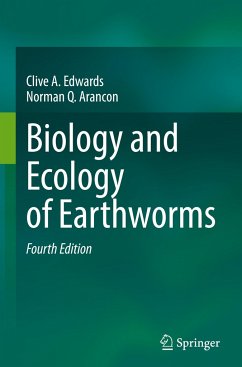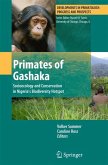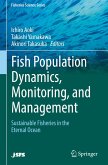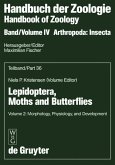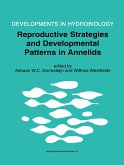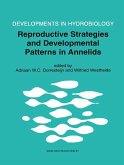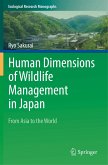This 4th edition updates the latest research on earthworms. More than 3,000 species of earthworm exist in the world. They are considered to be an important ally in advancing environmental and biomedical research. Earthworms play an important role in forest or agricultural ecosystems and play an increasing role in biomedical issues. Earthworms are critical to the environment because they consume huge quantities of decomposed litter, manure, and other organic matter deposited on soil -- helping to convert it into rich topsoil Earthworms can also help reduce soil compaction, improve permeability--thus providing channels for root growth, water infiltration, and gas exchange. Earthworms are also important animals for the assessment of the toxicity of chemicals, such as herbicides and pesticides, which are deliberately released into the environment. Earthworms are superb 'barometers' or 'sentinels' providing an early warning of deterioration in soil quality.
Biology and Ecology of Earthworms is established as a key valuable text for students of agriculture, soil science, and soil invertebrate zoology and ecology. This is the 4th Edition of the popular textbook which reviews all aspects of earthworm biology and ecology. The book has been fully revised and updated throughout. Particular changes include: new treatments of earthworm taxonomy, diversity, migration and geographical distribution; interactions between earthworms and other soil organisms, especially microorganisms and soil-borne pests and diseases; as well as the importance of earthworms in organic waste management.
Biology and Ecology of Earthworms is established as a key valuable text for students of agriculture, soil science, and soil invertebrate zoology and ecology. This is the 4th Edition of the popular textbook which reviews all aspects of earthworm biology and ecology. The book has been fully revised and updated throughout. Particular changes include: new treatments of earthworm taxonomy, diversity, migration and geographical distribution; interactions between earthworms and other soil organisms, especially microorganisms and soil-borne pests and diseases; as well as the importance of earthworms in organic waste management.
